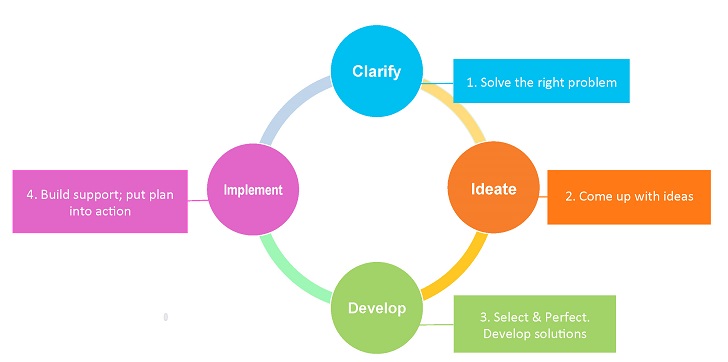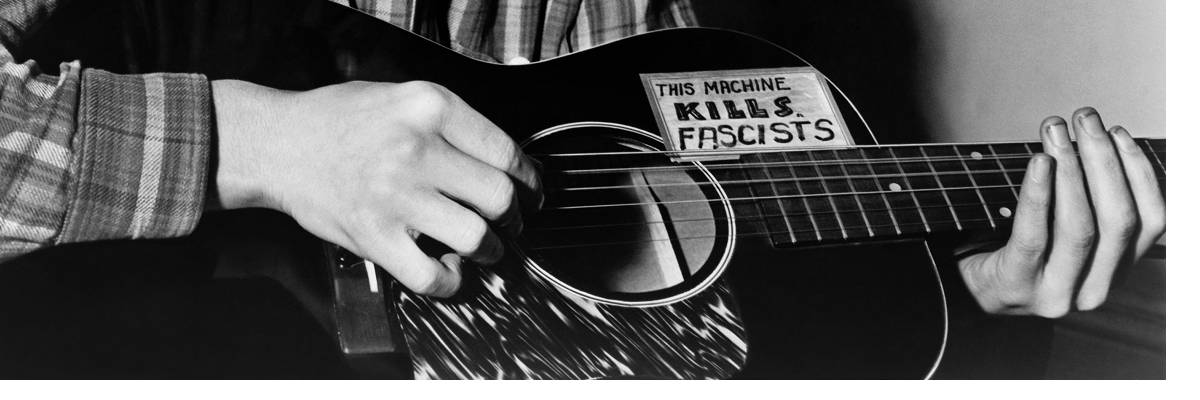When we feel anxious, unsafe, uncertain, threatened, or sad, we often want to curl into a ball on the couch, slip into a bottle, or dive into a bag of greasy chips.
Many writers and artists are highly sensitive. Tough times, like we’ve had since the election, can hit us hard, cut deep, leave us outraged, speechless, isolated. We grieve, deny, have fits of anger, dulled by hours of tv and tears.
How can we find our creativity again in the midst of this mourning? How can we lead those who look to us, read us, need us, lead them into a place of new understanding? Into our vision of where we are now?
Guernica, by Pablo Picasso, is considered to be one of the most powerful anti-war images ever.
When you’re uncertain of your environment, it helps to be certain of yourself.
Pablo Picasso was a well-established artist when he was commissioned to paint the anti-war mural for the 1937 World’s Fair Pavilion in Paris, France. He already knew his creative strengths and struggles. He could trust his process.
You and I, mere mortals, may be less sure of ourselves, creatively speaking. Less clear on how to find creative direction in the midst our emotional mess, pain and outrage.
Know yourself
Many of us know we’re creative, but we don’t know how to “work it” to its greatest effect. That uncertainty is not helped by events around us that can shake our footing even more.
Before you get into the fetal curl and sleep through the negative events in your life – know yourself, creatively. There are assessments for creativity that help you better understand where YOU should start and what YOU excel at when you feel compelled to express yourself creatively. I’ve written quite extensively about the most popular ways of measuring and defining your creativity here, so I want go into greater detail now. The first step to clarity within, when there’s none without, is to know you can trust yourself and your process.
Use a Map
The anger and outrage that moves us to get started on something may not be enough to deliver us to the end of the creative cycle. Depending on where your creative strengths and struggles lie, you may sabotage the creation of your self-expression. You might…
- Research and research and grow in your devotion to the topic, but never sit down to write.
- Dive in too quickly, not sure of where your product is headed.
- Have too many ideas to choose one, be paralyzed by the options.
- Start many times and not finish.
- Create an excellent product and not let it go.
- Put it out into the world halfheartedly, unwilling to promote it and help it find its audience.
These missteps are all linked to who you are creatively. What you gain energy from, and where you lose energy. If you know your creative strengths – often via assessment – you can also predict when and where you typically get stuck or stalled.
When you look at a map or model of the process, you can see where you are, what is next, and help yourself continue down the path to completion. This creativity model is what I call Deliberate Creativity, and it could help you get back on track.

This is the process by which creativity happens naturally, when it’s going well. This model is based on 75 years of scientific research and observation of how creativity works, when creative people have and execute their creative visions.
- First step is to Clarify. Are you getting it right?
- Next you Ideate – come up with ideas. Is this the big idea? Are there more?
- Next you Develop – You select and perfect, and make creative decisions that create your vision
- Last you Implement – you get it done and out there.
If you’re not delivering on your own expectations, you might need this handy map, and a better understanding of the natural creative thinking process. I’ve written about this process, here, so you can dive in deeper there, if you’re interested.
Where you fit in
You may look at that process and know immediately what you’re great at. (I know, I’m an ideator. I know this, because I spent 20+ years as a brainstormer for hire. I sat in conference rooms and spewed ideas for lots of money. The world told me I was an above-average Ideator.) What you might be blind to is your weakness, where you struggle.
When I was assessed for the first time, a huge lightbulb went on, and I understood why I wasn’t yet Pablo Picasso or Jane Austen, or Julia Roberts at her best, for that matter. (And in case you’re confused, I mean my best self, not my best imitation of the famous actor who shares my name.) I could see precisely where I needed help to make my own ideas become reality. It was such a relief in a way. It is a deep pain in your life to know you’re creative, know you’re a good writer, and not know why those things fail to add up to success in the work you dream of doing.
Creating in Hard times
It is hard to create when times are hard, when thoughts feel angry and urgent. It is nearly impossible to gain clarity and vision in the midst of turmoil if you have turmoil within you.
When creating feels urgent and you want to make sense of something happening to you, it is paramount to let yourself get clarity about who you are creatively, so you can finish what you start, promote what you finish and have the impact on the world you hope to have.
 Woody Guthrie’s guitar. He wrote over 3000 protest songs in the 1930’s, 40’s and ‘50s, despite the Depression, Dustbowl, World Wars and finally a lethal bout with Huntington’s Disease.
Woody Guthrie’s guitar. He wrote over 3000 protest songs in the 1930’s, 40’s and ‘50s, despite the Depression, Dustbowl, World Wars and finally a lethal bout with Huntington’s Disease.